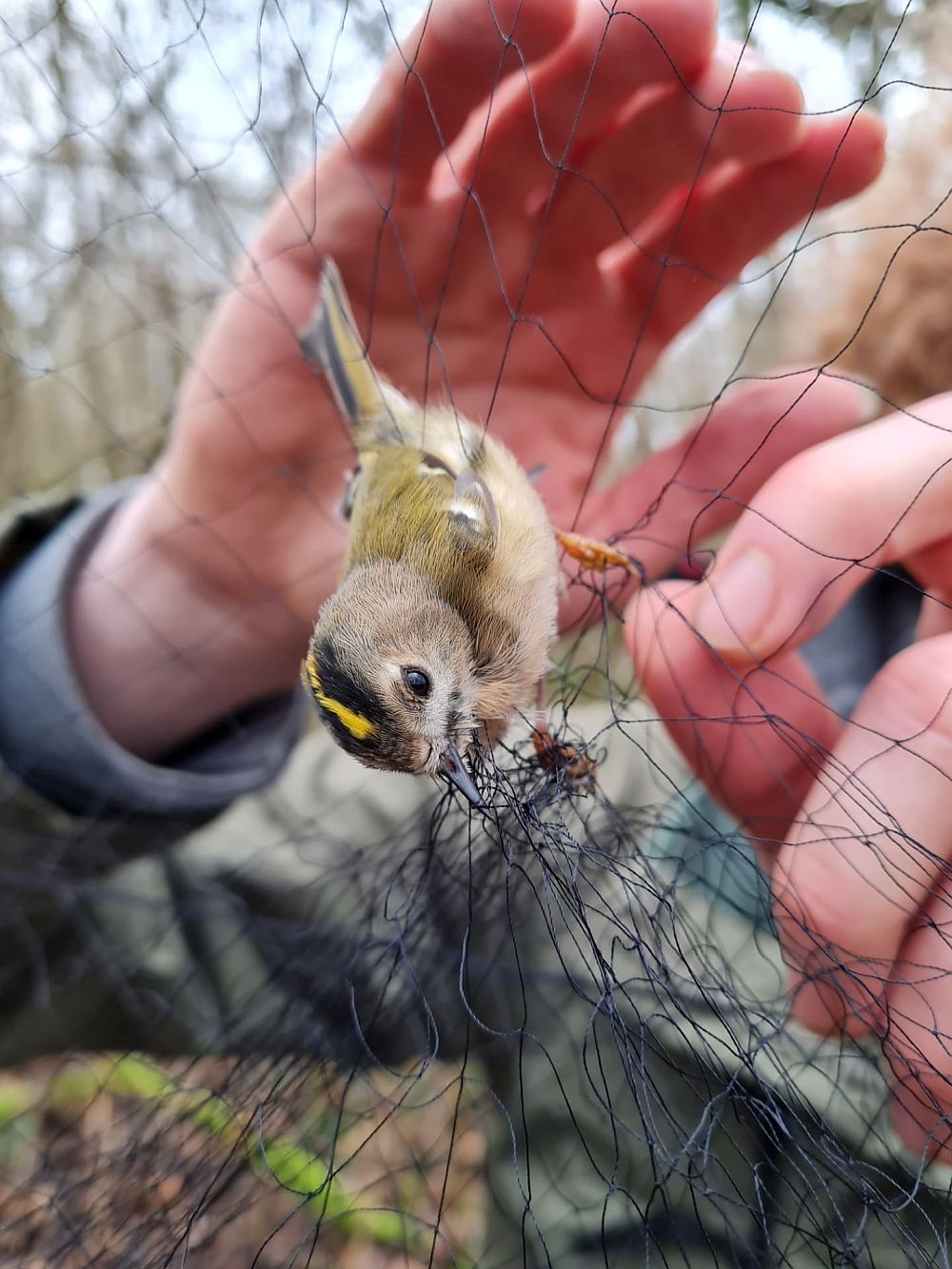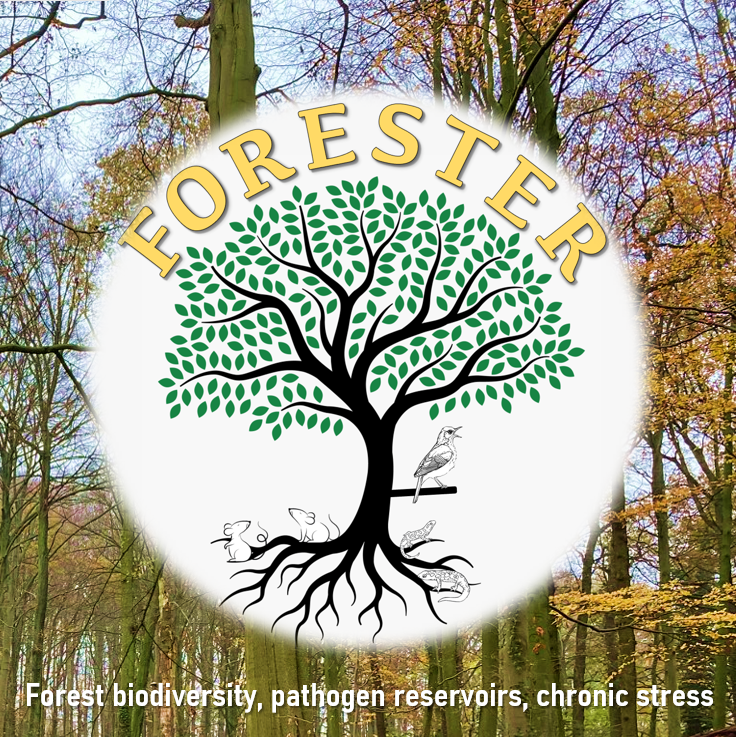
Drs. Bram Catfolis
Terrestrial Ecology Unit
Department of Biology
Ghent University
K.L. Ledeganckstraat 35
9000 Gent Belgium
E-mail: bram.catfolis@ugent.be
With the world’s biodiversity in crisis, unraveling the effects of biodiversity on the functioning of ecosystems is currently one of the most active fields of research in biodiversity science. Biodiversity–disease relationships, and the question whether more biodiverse communities help to protect humans and wildlife against pathogens in particular, is increasingly attracting attention from both scientists and practitioners. Previous research mainly focused on host community richness and abundance effects on pathogen transmission, but individual-based pathways may be of high importance as well. In addition, free-ranging vertebrates are continuously exposed to a plethora of potential stressors. Where short-term elevations of plasma glucocorticoids have an adaptive effect, long-term or chronic elevations negatively affect individual fitness, and hence, making individuals more susceptible to diseases. Therefore, there is an urgent need to better understand the likely mechanisms underlying the relationships between environmentally-induced stress and pathogen susceptibility.
My PhD project is embedded in the FORESTER project which aims to quantify the role of chronic stress-mediated pathogen susceptibility in forests with contrasting tree species diversity and structural complexity. The animal community we study includes mice, salamanders and birds (my responsibility). My overarching research hypothesis is that lower chronic stress levels of birds inhabiting more diverse, better functioning forests lead to a lower susceptibility to pathogens at the individual level and, in turn, to a lower pathogen prevalence at the community level.
To test this innovative hypothesis, I will combine field observations with targeted experiments and state-of-the-art modelling.
- In WP1, a rigorously selected network of forests – varying in tree diversity and structural complexity – is established.
- In WP2, broad chronic bird stress level assessments combined with screenings of pathogen in all selected forests is performed.
- In WP3, in vitro and in vivo experiments that will provide mechanistic insights into the influence of chronic stress on host-pathogen interactions are conducted.
- In WP4, both statistical and mechanistic modelling are used to synthesize and generalize the obtained results.

